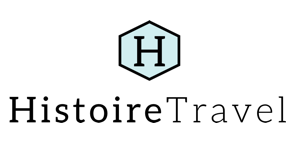Today marks the 70th anniversary of D-Day. I recommend taking a few moments to check out CBC's D-Day twitter account for a unique look back and a really interesting Canadian perspective. They are tweeting updates, radio addresses, videos, and maps as if D-Day news was breaking now.
A few years ago I was lucky to visit the beaches with my family and a guide. It was a cold September day and it felt like we had the whole area to ourselves at times. There was a lot of space to think and take everything in. It's hard to put into words the range of emotions those places elicit. If you have never been and ever get a chance to go, please don't pass it up.
Here are the posts I wrote about our visit:
One Day in Normandy, Part 1: Bayeux (not D-Day related, but the start of the day)
One Day in Normandy, Part 2: Omaha Beach
One Day in Normandy, Part 3: Pointe du Hoc
One Day in Normandy, Part 4: Gold Beach
One Day in Normandy, Part 5: Juno Beach
One Day in Normandy, Part 6: Le Grand Bunker






























